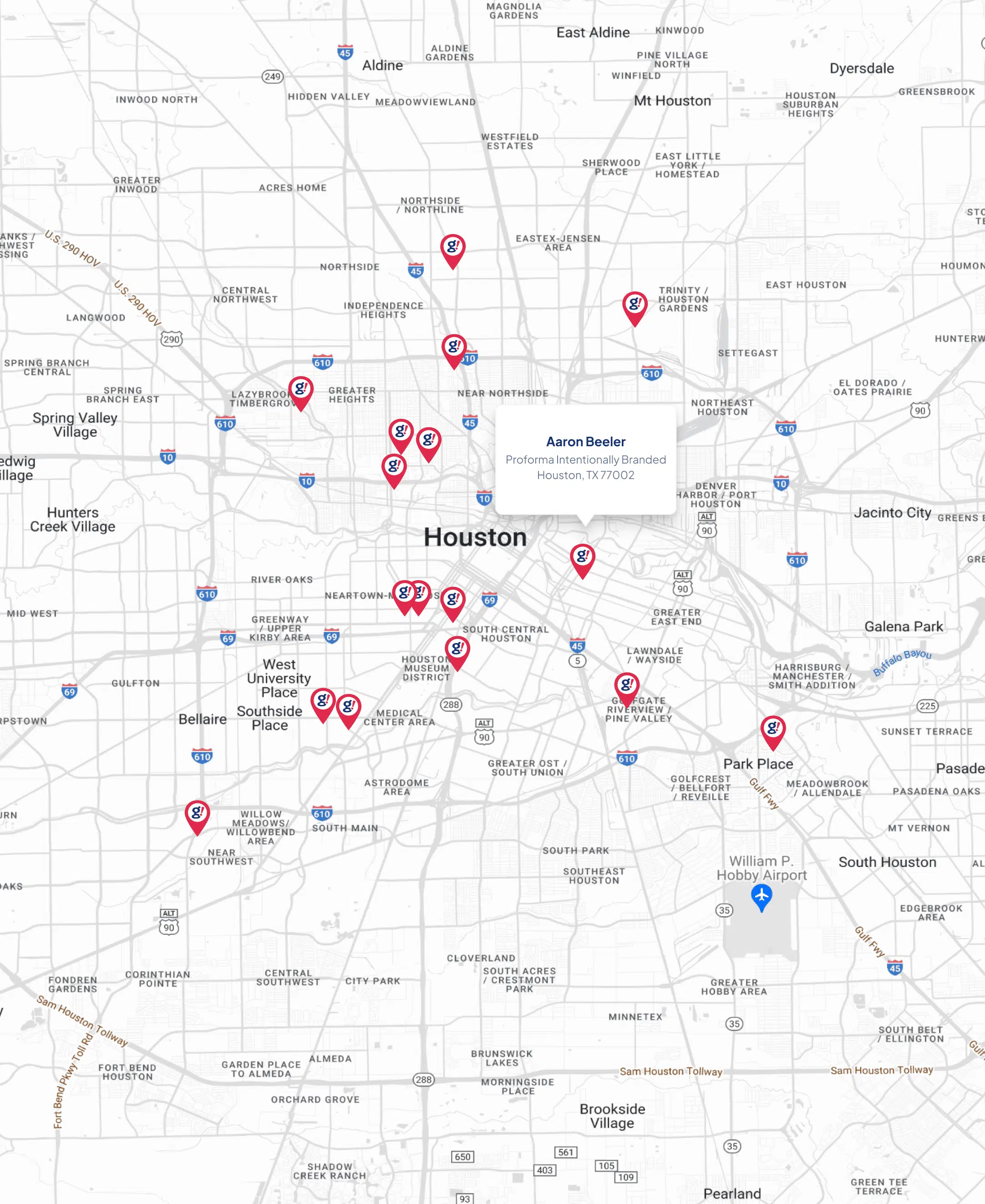How Artificial Intelligence will Extend the Workforce | Accenture Innovation Awards
- Updated on: 2019-04-16
- Read original article here

In this era, the time of the Fourth Industrial revolution, innovation and development of new ways to look at the world are growing so fast, lagging one step means you are lightyears behind. In order to extend the capabilities of the current workforce and make it more digital, artificial intelligence will and must be integrated in the daily operations of companies, resulting in an economy of Intelligent Enterprises.
The Fourth Industrial revolution brings us all kinds of great innovation, with huge impact on everyday life. Already you see that the combination of increased computing strength and artificial intelligence, brings changes to things we do every day. Simple examples are Netflix’s ‘what you watched before’, and ‘what other people with similar preferences watched’, based on that, Netflix recommends things you will probably like. Or your smart home devices that learn from what you ‘told them to do’ before, like a smart thermostat. Or, soon enough you will not be listening to the classic squeaky robot voice anymore, raddling a number based option-menu, but to actual smooth lady or gentlemen- robot voices, able to have a basic conversation with you. And that’s just the beginning.
Business models change due to the technological innovations who have a key focus on amplifying yourself with the help of Artificial Intelligence, which is something Tom Goodwin nicely pointed out in his article. As he outlined, very large, successful, and famous companies of today are completely different from anything we’ve seen until now. The world’s largest ‘taxi-company now, is Uber. All over the world you can order an ‘Uber’ using their fancy app, but Uber does not own any cars. Or take Facebook as an example. Everybody is on Facebook, Facebook is today’s largest media company, but they do not create any content for their platform themselves. And Airbnb, the largest accommodation provider, does not: own any hotels, apartments or other real-estate.
These providers have significantly disrupted the business they operate in. But what makes them so different? First, they only serve as a ‘mediator’ between the party delivering the actual service or product, and the customer, but in that act, they use the new technologies. Uber uses data analytics and machine learning to determine where customers are, will be, and want to go, and then when the customer is in the car, it uses (and shows) Google Maps to determine what the best route is. Google Maps also automatically collects all kinds of data and plots that route using that data.
But that’s still close to everyday life. What about examples you may not have thought of before? A production plant may install sensors and measurement instruments in different parts of the production process. Using internet of things, all these sensors and instruments may be linked together, and a huge load of data can be collected. However, instead of only applying analytics on what happened in the past, we can now leverage AI and make predications for the future based on data, assumptions, and knowledge about previous events. This will mean that any change in performance would be noticed straight away, even if it’s not causing problems yet. As a result, changes can be identified as a normal, low/no-risk event, or as a risk. Making use of Machine learning, one could identify when certain parts are due for replacement, based on the different pieces of data collected (like performance, times it was used, performance of the systems that come after the part, placement date etc.). The maintenance engineer does not have to check everything manually, and can spend one’s valuable time on doing the work that is most urgent or value-adding.
Where last year’s Innovation Awards Theme Smart Industry mainly focussed on the production process, this year, Intelligent Enterprise focusses on all parts of the enterprise and in that way, the entire economy. The focus is no longer only on the extension of the human capabilities in a physical way only, for the theme Intelligent Enterprise there is a focus on the extension of the human capabilities in total: physical as well as cognitive capabilities.
So, in order to stand a chance in the tough competition of this year’s Innovation Awards, the start-ups from Intelligent Enterprise need to convince the jury members that their product or service is key in transforming target enterprises as it is for them critical to become ‘smart’, to move with the wave of technological development and incorporate it in their operations. Each concept should be focused on equipping the workforce with the knowledge and means to use all technology to its fullest potential. This will require significant changes in the workforce too, in which a digital workforce will arise and will amplify the current employees on each level of the organization by leveraging Artificial Intelligence (i.e. non-human reasoning, knowledge and so intelligence). This way, a true Intelligent Enterprise will be growing its workforce, without growing its workforce.



